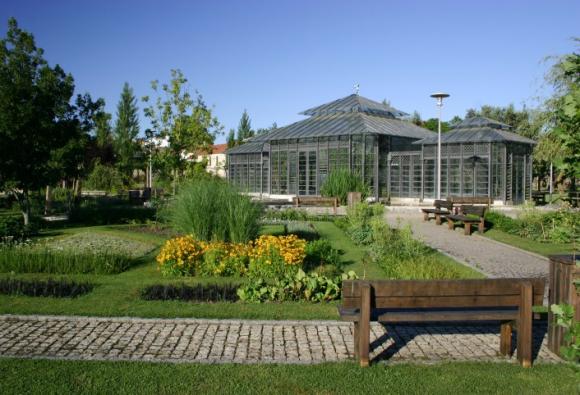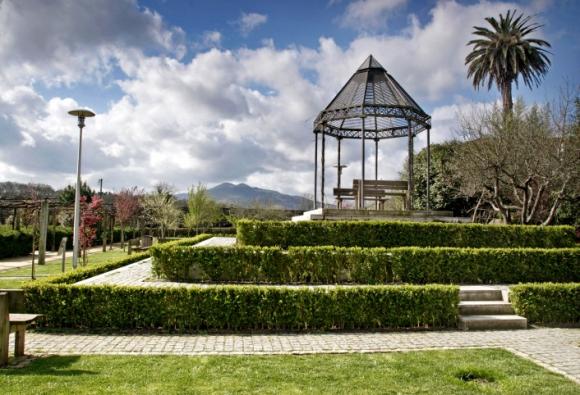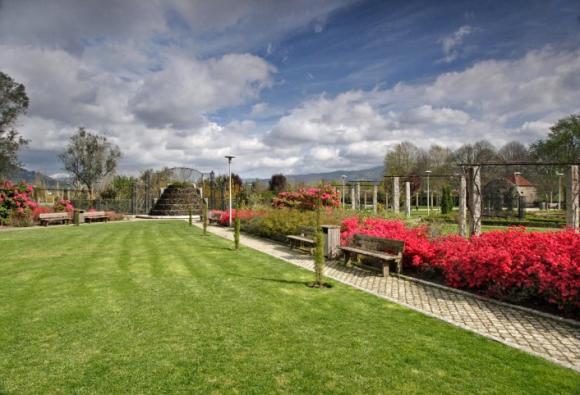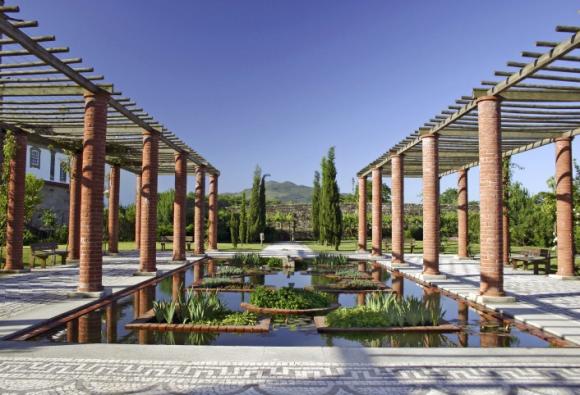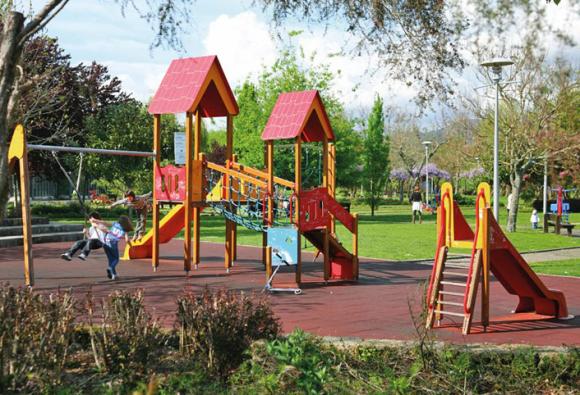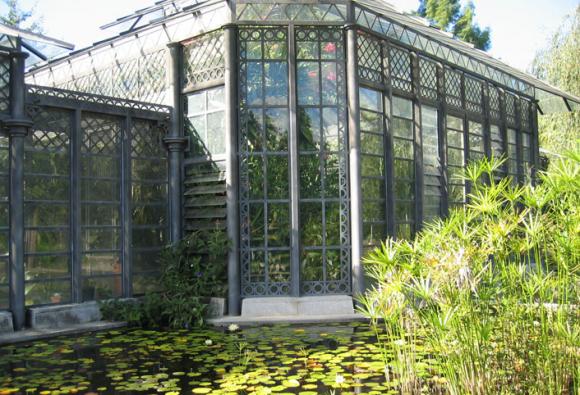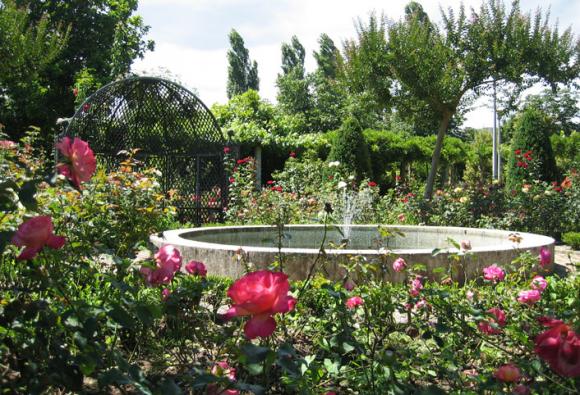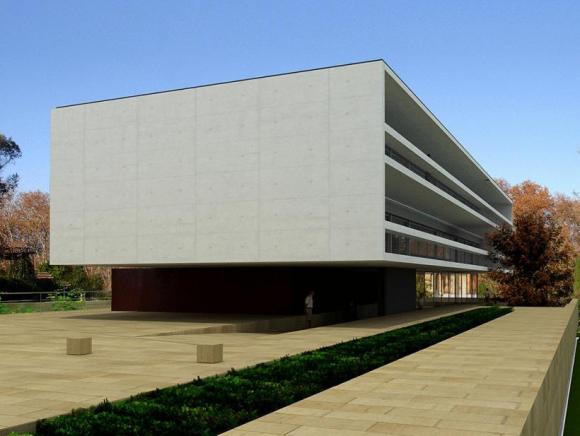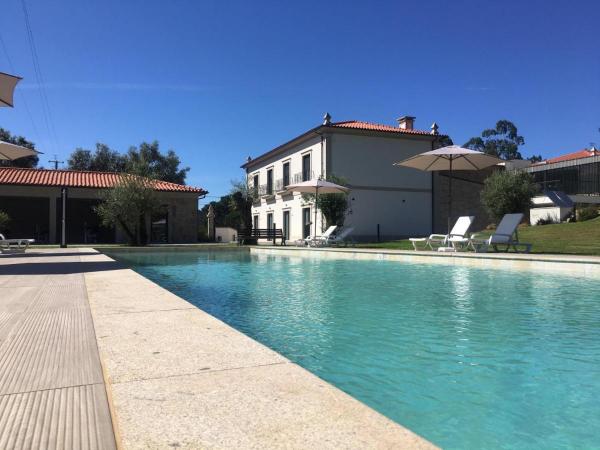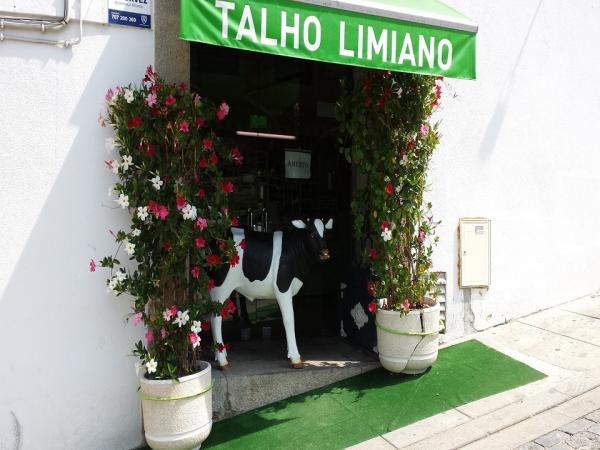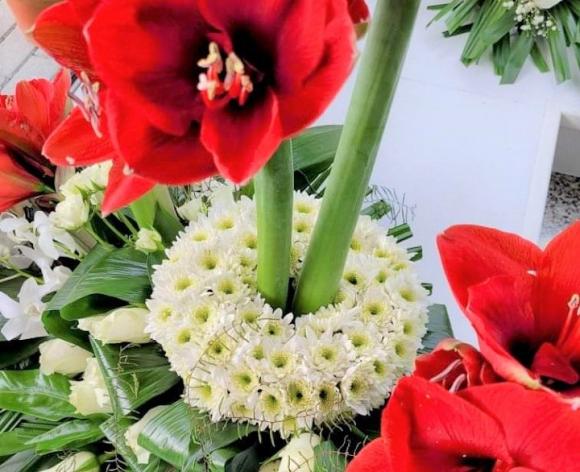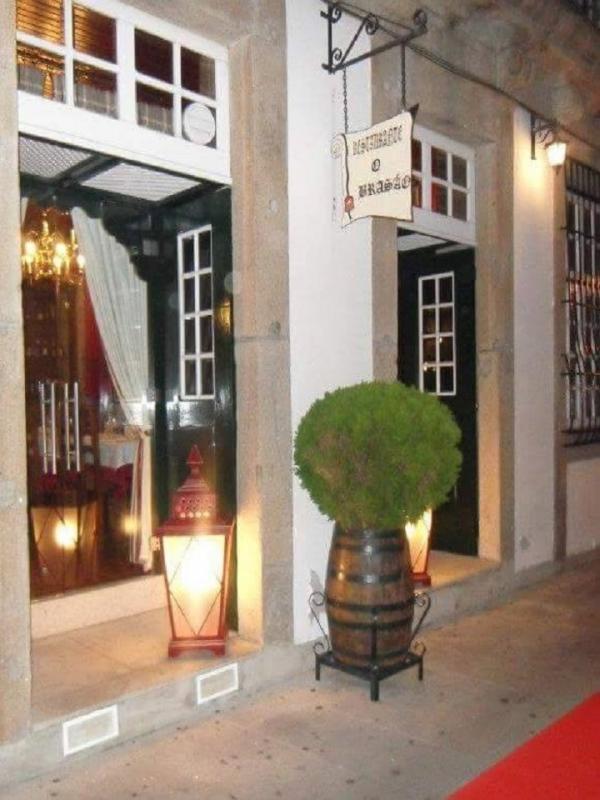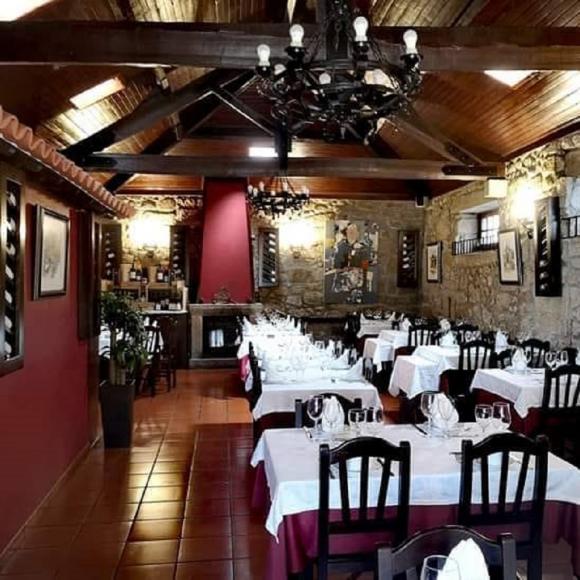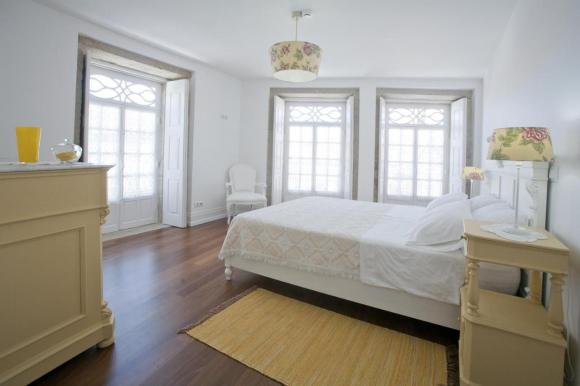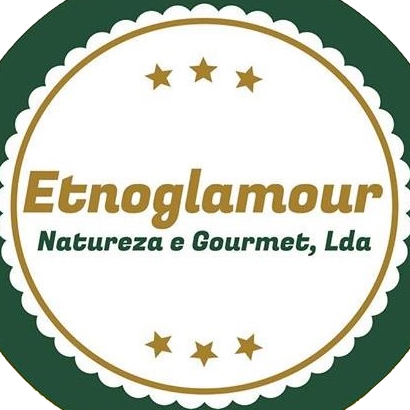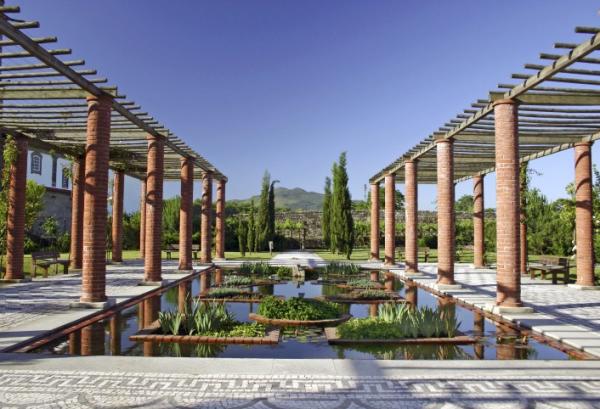
Parque Temático do Arnado
The Park is part of the Global Project for the Enhancement of the Lima River Banks and its design seeks to have a cultural and recreational function. The cultural component draws the visitor's attention to the historical evolution of the humanization of the landscape.
Caminho da Oliveirinha, Arcozelo 4990-146
Ponte de Lima
Description
Thus, the idea of creating a thematic garden was born, allowing a journey through the history of garden art, whose roots are deeply linked to rural culture.
At the same time that the pre-existing structures of the agricultural exploitation are reused, classical gardens characteristic of different eras are integrated into the old cultivation fields. In the botanical garden, plantations are made with a pedagogical sense, highlighting the greenhouse with the surrounding lake.
The rural culture remains present through the different elements, such as the branches with vines, the irrigation systems from the tank and through the granite irrigation channels, the daughter-in-law, the great threshing floor and the granary.
Roman Garden
The garden has always played a very important role in the Roman house. The visitor can observe the recreation of a space inspired by the famous Casa dos Repuxos de Conímbriga.
A colonnade in handmade brick marks the idea of the peristyle surrounding the water garden and the triclinium opening over the lake. The peristyle garden is an interior-exterior space of the Roman house that often allows nature to be brought into the interior of the dwelling itself.
The Portuguese mosaic pavement seeks to reflect the influence that, even in current practice, Roman culture has on our cultural traditions. The use of different patterns of drawings used by the Romans reflects the continuity of forms through the ages, revealing the richness of this formal grammar.
Garden Labyrinth
The labyrinth has always been present as a symbol in Western culture since the legend of Knossos on the island of Crete.
The labyrinth, built in terraces, evokes the palace of Knossos, with its classic geometry, and allows the visitor to have a dominant view over the garden. The metallic structure ornamented with jasmines (Trachelospermum jasminoides), which acts as a lookout, favors contemplation, rest and a certain well-being to which we are not insensitive, mainly due to the set of odors in space. The hedges are boxwood (Buxus sempervirens), traditionally used in gardens for its ability to be pruned and for its rusticity.
"The labyrinth symbolizes the path of wisdom through which the message common to all enigmas, the secret of life, passes."
Jaques Attali.
Renaissance Garden
The European Renaissance (15th-16th centuries) was born in Italy and marks an important phase in the evolution of the humanized landscape, namely in the art of the gardens where the true landscape architecture emerges.
Gardens have a rigorous geometric structure, often on terraces, and where plants play a fundamental role. Water is also a key presence in the gardens, as it conveys a sense of calm. The development of mathematics applied to hydraulics allows the construction of sophisticated mechanisms for lifting and conducting water, creating cascades and countless versions of water games.
Sculpture is also of great importance at this time, giving meaning to Greek mythology which, through sculptures, will play an important role in the composition of gardens. In Portugal the tile starts to be used in the decoration of the gardens.
The dominant species in this space are rhododendrons and azaleas (Rhododendron).
Baroque Garden
The Baroque garden (17th-18th centuries) follows the natural evolution of the Renaissance garden. Topiary art is greatly increased and boxwood gardens (Buxus sempervirens), with increasingly complex ornamental forms, constitute the so-called parterres - it is the splendor of French-style gardens.
Hydraulics continues to develop and is now very important in the so-called water mirrors, where the reflection allows to extend the perspectives, and this effect is often used in gardens in Central Europe.
In an area where the Baroque architecture has great representative exponents, mainly in Solares da Ribeira Lima, this Park could not fail to include the Baroque gardens, in which the predominant species, in this case, is the Rose.
Greenhouse
Botanical gardens emerged in Europe from the 16th century with the influence of the Discoveries, due to the need to acclimatize, classify and study the properties of plants from the new continents. The Botanical Garden seeks to gather a systematic collection of plants, allowing visitors to easily identify them.
The garden is divided into three parts: herbaceous plants, including grasses, divided into beds separated by grass; aquatic plants in the lake surrounding the greenhouse; and the plants found inside the greenhouse, many of which are now called "indoor plants" because they need special climatic conditions to develop
Source: https://www.visitepontedelima.pt/
Comments
There are no comments!
Partners same locality

 EN
EN  PT
PT ES
ES FR
FR